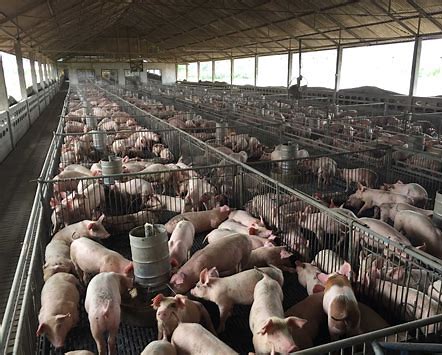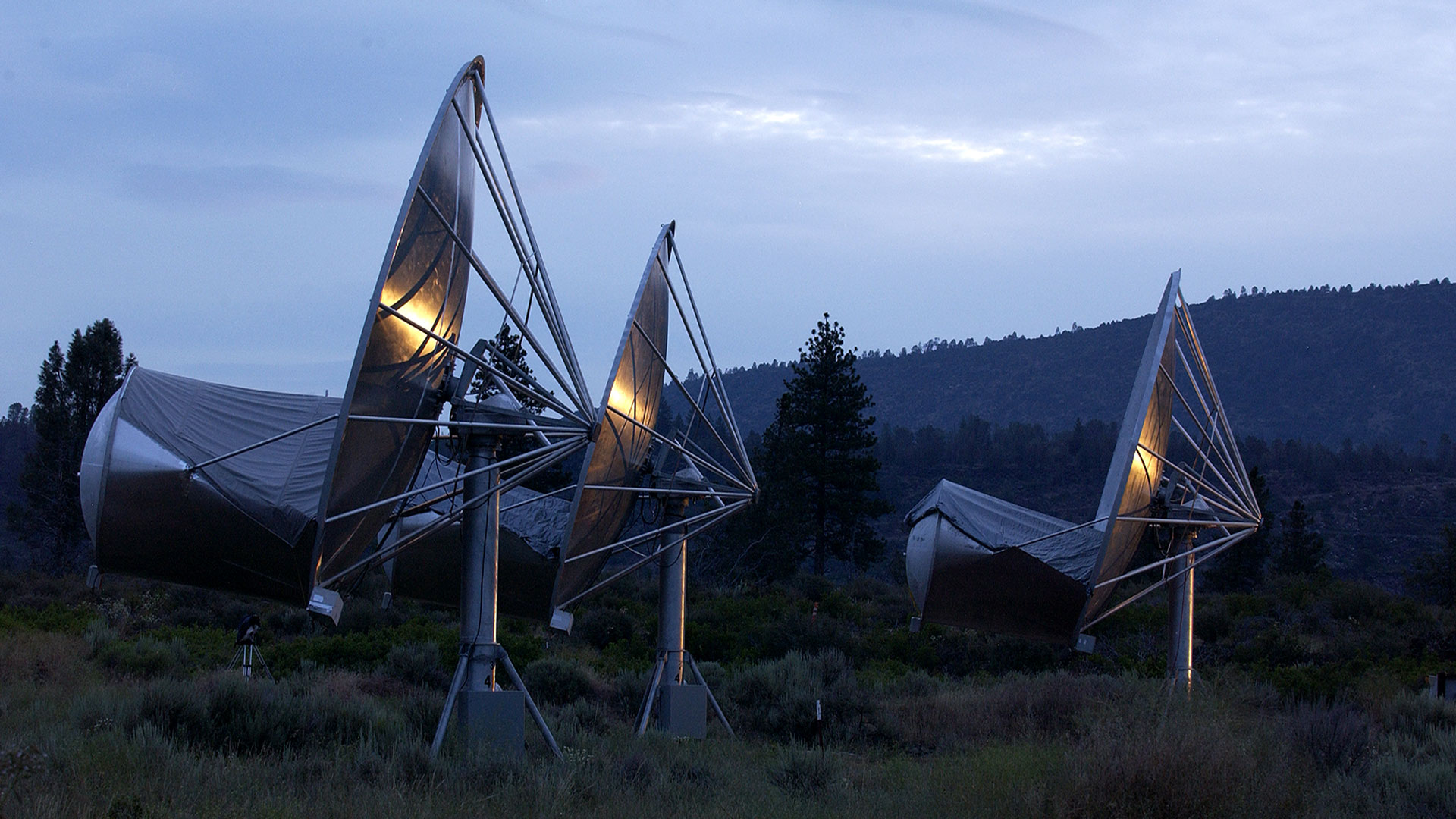Is nuclear energy safe?
When considering clean sources of energy in comparison to coal, most people gravitate towards solar, wind, and hydro power, but where does nuclear energy lie? Most people are cautious on the topic of nuclear power because of its connotations: nuclear disasters, nuclear weapons, radiation.
While these are historically and scientifically valid concerns, I believe that nuclear energy is safer than other sources in most ways, and it has the potential to create much bigger energy outputs with lesser cost. I argue that nuclear energy is safer for the environment, safer for humans, and safer for our wallets than most other forms of energy.
One of the most important topics to address when analyzing nuclear power are the disasters that have been caused by nuclear power and energy advancements. Two of the most infamous nuclear plant accidents are the Chernobyl and Fukushima disasters.
While Chernobyl is a more historic example, Fukushima was just over a decade ago, making the general public opposed to the further use of nuclear energy; however, according to Our World in Data, their total estimated death tolls are still uncertain. Despite this uncertainty, we do know that these estimated death tolls are much higher than reality. Taking into account only the known deaths of each incident, the combined death toll of both incidents is ~2,400 casualties (not accounting for any projected death amounts).
The Fukushima disaster was also affected by the tsunami that caused damage to the plant in the first place, likely inflating the cause of death reports. In hindsight of natural disasters such as the Fukushima tsunami, energy officials are taking more precautions in their placement of these plants in high-risk areas, which will likely increase their overall safety in the future. Hopefully these next steps will encourage people to consider the positive aspects of nuclear power instead of fearing it. That being said, nuclear meltdowns can only be prevented with the implementation of better emergency systems and training on behalf of the operators.
For the sake of this discussion, deaths caused by nuclear applications for the sake of weaponry (atomic bombs and missiles) are not being taken into account because they were not used for domestic energy production purposes and are separate issues.
When comparing the safety of nuclear energy to traditional fossil fuels, nuclear energy has caused fewer overall casualties. Research from the Harvard School of Public Health provides that, “460,000 deaths were attributable to coal PM2.5 (in the United States in 1999).” This information means that the air pollution given off by coal plants contain air contaminants that significantly increase health complications and mortality rates among U.S. citizens. In this case, the toxic waste is not carefully contained like nuclear waste, but the waste from coal plants is in the air that we breathe.
These deaths from coal plants were seen most from 1999-2007, and have decreased drastically in recent years, but mostly because many plants in the U.S. have installed scrubbers or have been shut down. These recent changes will help in the future, yet do not aid past air pollution which will take time to dissipate.
Nuclear power is also more efficient in power output than coal plants are. Infographics from the International Atomic Energy Agency (IAEA) claim that it takes “88 tonnes of coal” to match the amount of energy that a person uses in a lifetime. On the other hand, the IAEA claims that it takes “A chicken-sized egg amount of uranium fuel” to produce more than enough energy to fuel this quota.
I concede that nuclear technology is slightly younger and less understood than coal power, and that the issue of nuclear waste is still being discussed; however, I do not believe that this will remain an issue because nuclear scientists focus heavily on safety and containment, especially in light of the notable accidents.
Rather than accepting the dangers posed by power production, nuclear energy is actively trying to become safer. Coal plants are also addressing the dangers of their methods but are inherently less ‘clean’ than nuclear power due to CO2 emissions. Nuclear energy stands out even among the other clean energy sources, and while I cannot apply every topic of discussion for this argument in this opinion piece, I believe that nuclear energy is making bounds in safety and sustainability efforts.






















